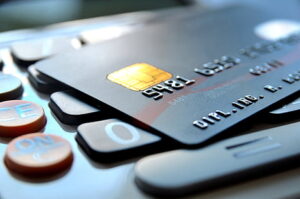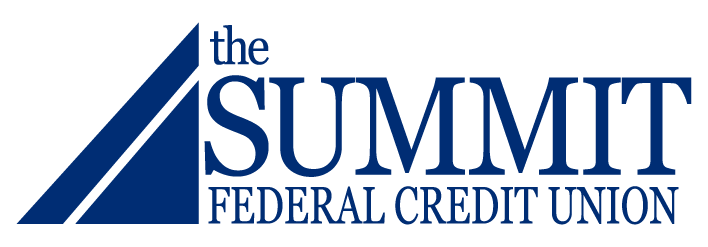September 11, 2023
Categories: Credit & Debit, Education & Security, Financial Planning
How DOES someone establish and/or build credit history?

By GreenPath Financial Wellness
One of the first things we always want people to know is that building credit history absolutely does NOT have to mean going into a bunch of debt! It is absolutely possible to build credit history without carrying large debt balances and paying a bunch of interest.
You know how you have to have experience to get a job, but at the same time, how do you get experience without being able to get a job? Credit can feel kind of the same. Creditors want to see credit history to measure the risk level of extending credit to you, but how can you get credit history without having credit extended to you? Similar to getting an entry-level job to start building job experience, there are credit building products that are specifically designed to help you start building credit history, with protections in place to help minimize the creditor’s risk.
One way to build credit is a secured credit card which requires a cash security deposit to open the account. This security deposit reduces the risk to the lender because if you don’t pay your card, they have the money from your deposit to pay. People with no credit or bad credit often must start with a secured credit card to build or establish credit. Deposits are generally low, on average anywhere from $200-$500 but they can be higher. With a secured card, you are still required to make a monthly payment on time or risk it reporting late to the bureaus. Your deposit is not used to pay for purchases, and you are charged interest on the balance you carry over to the next month. In direct response to our members who have been asking for a secured card for some time, The Summit now has a Secured Credit Card with no annual fee.
Another credit builder product is a credit builder loan. The loan amount borrowed is held in an account while you make payments. Generally, you can’t access the money until you have fully repaid the loan. Essentially you are building a savings while making payments to increase your credit score. There is no risk to the lender because if you don’t make your payments, they have not actually given you any money yet. It is important to make your payments on time or you will see negative reporting to the credit bureaus.
A similar product is called a certificate secured loan. If you have money in the bank, you can use it as collateral for a loan. Effectively taking a loan against your own money. The money is frozen until you repay the loan. An example is having $800 in an account at your bank frozen and you receive an $800 loan. Then you pay $80 for 10 months and once it is repaid, your $800 deposit is unfrozen. (This example is excluding any interest)
If someone you trust has a credit card in their name, they could add you as an authorized user to start building some credit history. Typically, accounts where you are an owner have more impact on your credit, but being added as an authorized user can be a good way to start establishing some history. There is some inherent risk in this, because if the individual maxes the card out or misses a payment this can negatively impact your credit as well, but if you trust the person this can be a good option to start establishing some credit history until you are able to get an account in your name.
If you are in a situation where you have had credit history in the past, then life happened, your credit suffered, and you are now looking to re-build positive credit: know that it is absolutely possible to do so! It will require some patience, but many of the same strategies we just talked about to build credit from scratch can apply to re-building credit after something like a bankruptcy, foreclosure, or repossession, or if you simply haven’t used credit for 5-10 years or longer.
If you are looking to re-build positive credit and you still have outstanding balances owed, prioritize paying those off. If you have collections, or charge-offs (which is when an account falls far enough past due that the creditor begins attempting to collect the full balance owed instead of just the amount past due. They are essentially collection accounts), work on a plan to get those paid off. Secured credit cards and credit building loans are good options to start re-building credit as well.
In Part 3 we’ll talk about credit myths.
This article is shared by our partners at GreenPath Financial Wellness, a trusted national non-profit.
